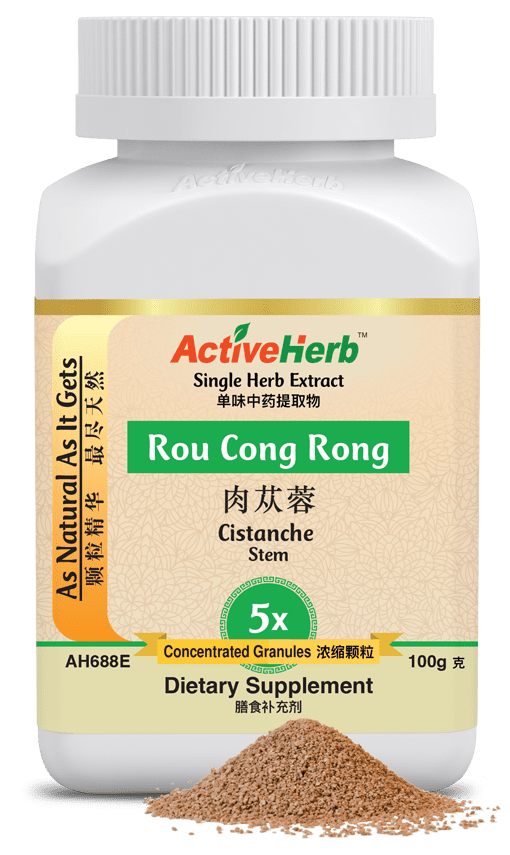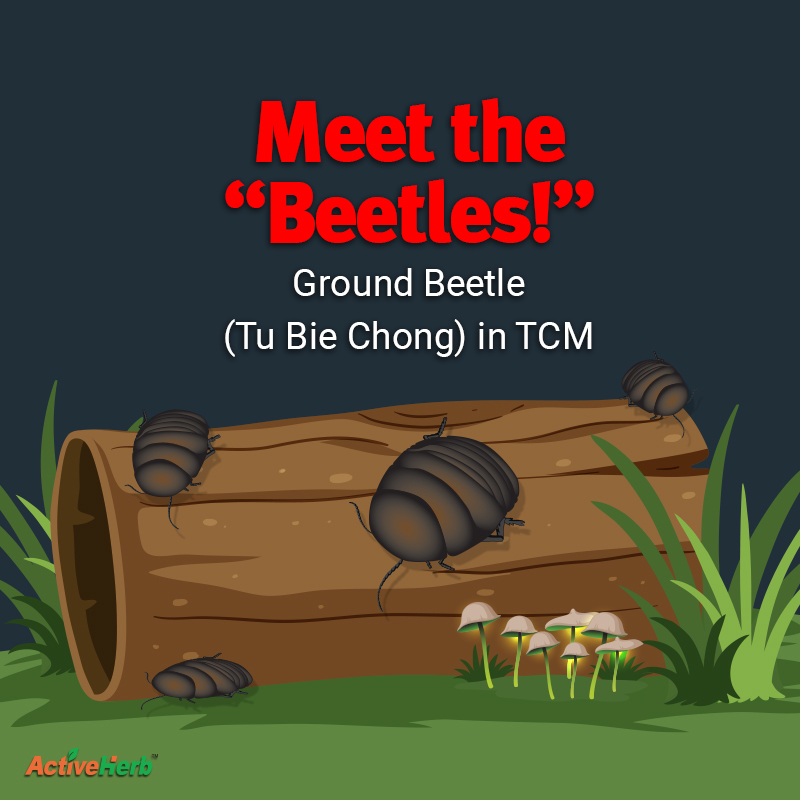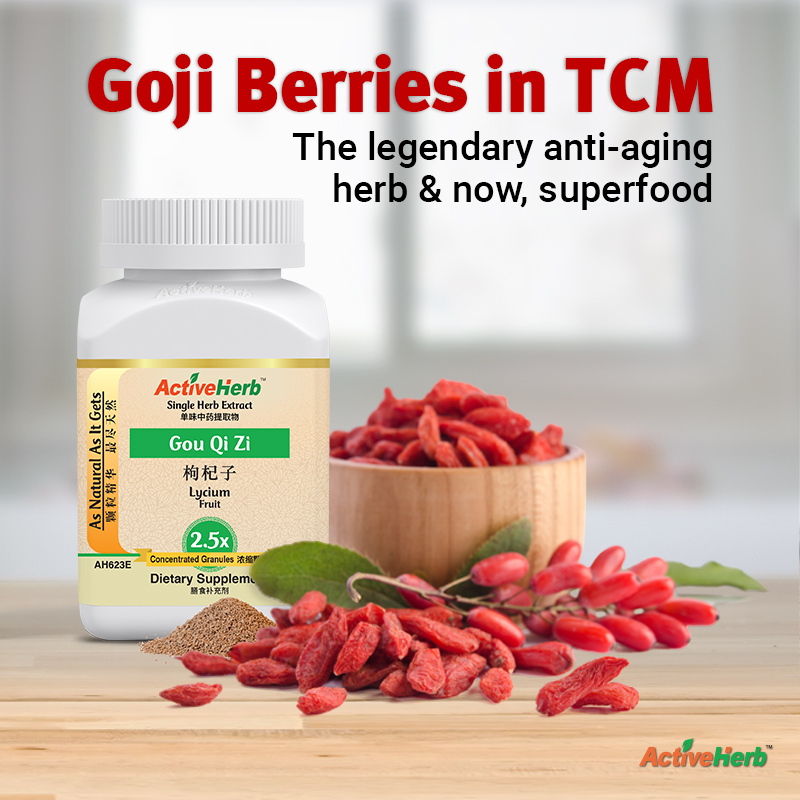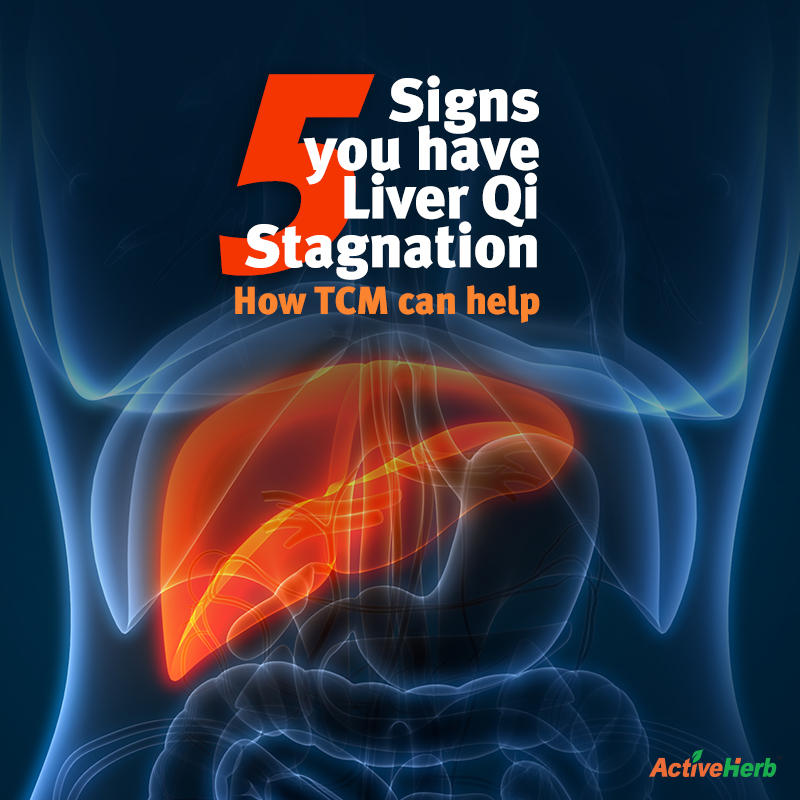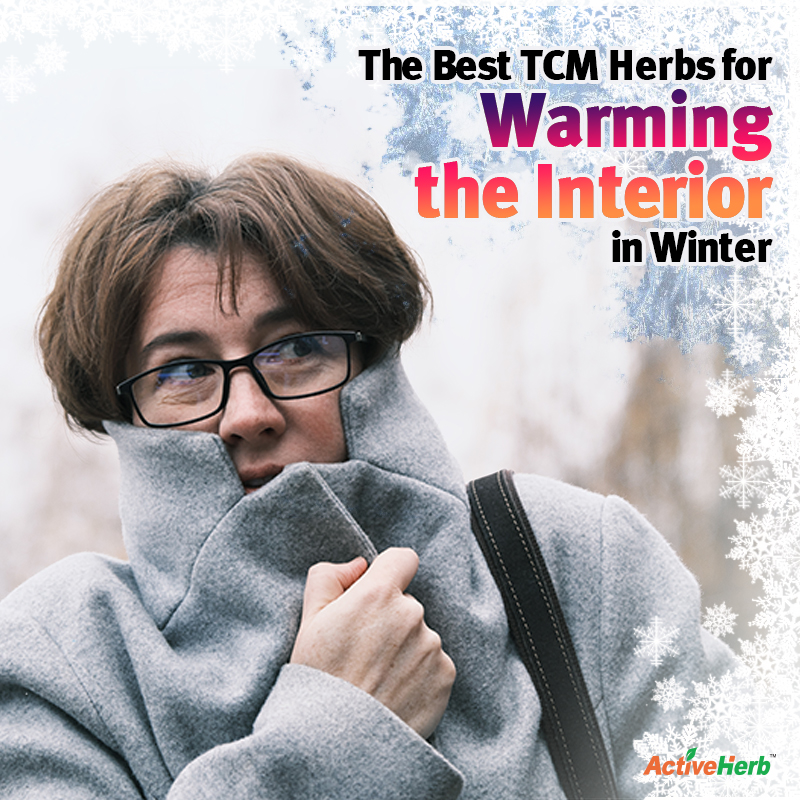Cistanche in TCM: The Vitality-Boosting Miracle of “Desert Ginseng”
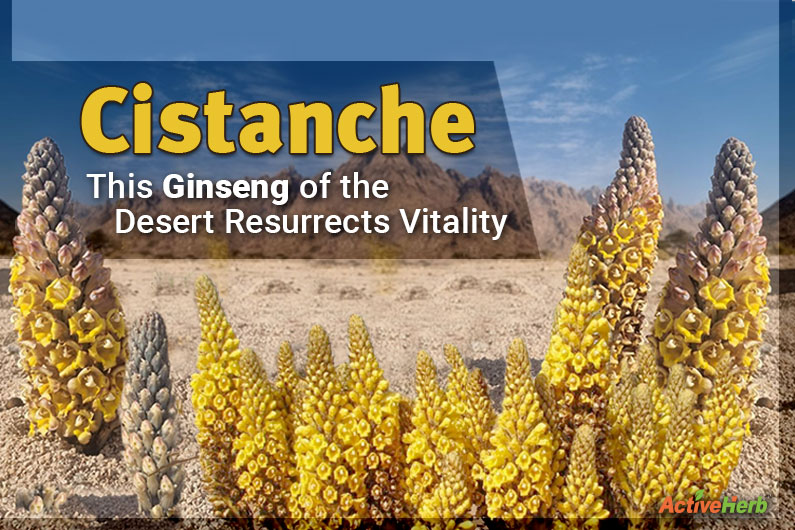
It’s astonishing that the herb Cistanche — known in Traditional Chinese Medicine (TCM) as Rou Cong Rong (肉苁蓉) — has been used to reinvigorate vitality and other uses for over 2,000 years, especially considering it’s a miracle the plant can survive at all. Indigenous to some of the world’s most inhospitable landscapes, Cistanche endures in the Gobi Desert, where the bone-dry, loamy soil, summer temperatures that soar above 100°F and winter nights that plummet to a bone-chilling -40°F make living here an impossibility for all but the most intrepid villagers.
Other places in the Far East where Cistanche persists are no Gardens of Eden either.
One such area, west of the Gobi, lies the Taklamakan Desert, an inland sea of shifting sands in China’s Xinjiang region — known as the “Place of No Return.” Here, precipitation is rare, with annual rates below four inches. The Cistanche plant is forced to root itself deep into the parched earth, seeking the scarce moisture hidden below the surface.
A symbol of resilience and adaptability, can Cistanche/Rou Cong Rong — known as “desert ginseng” — help your internal landscape become more resilient and vibrant?
Let’s examine Rou Cong Rong’s actions through the lens of Traditional Chinese Medicine (TCM) theory.
Rou Cong Rong in TCM
Considered a precious tonic herb in TCM, Cistanche is listed in the Chinese Pharmacopeias as having “anti-aging” properties, according to 2021 research published in Medicinal Research Reviews.
According to a 2023 analysis of active ingredients and health applications of Cistanche deserticola, there are about 22 species of Cistanche in the world, mostly distributed in dry areas such as warm deserts and deserts in the northern hemisphere. Half a dozen species are indigenous to China (including Inner Mongolia).
Interestingly, one such species is named, Cistanche salsa, although, to date, Rou Cong Rong is not used in traditional Mexican cuisine. However, edible Cistanche, according to 2023 research published in Frontiers in Nutrition, has a long history, first recorded in the “Shennong Materia Medica.”
In that seminal medical compendium, it was listed as a ‘superior product,’ with the effect of tonifying Kidney Yang, improving sperm and blood, and moisturizing the intestines. What’s more about Cistanche from a medicinal food perspective is that in 2016, it began to officially enter the modern Chinese food field. As of 2022, there were 60 registered health foods with Cistanche, thus becoming another in a long line of Chinese herbs used as food.
Kidney Yang Tonification
Cistanche is often prescribed to treat Kidney Yang deficiency, which can manifest as fatigue, impotence, infertility, and lower back pain. Warming and tonifying the kidneys helps invigorate Yang Qi, which is essential for vitality and sexual health.
If the aging process has left you feeling, well, old, you most likely have a deficiency of Yang Qi in your Kidney organ system. The Kidneys of TCM are responsible for storing and regulating vital essence (Jing), governing growth and development, reproductive health, aging, and overall energy levels (Qi). When the Kidneys are weak or deficient, they can lead to the symptoms listed above.
Moistening the Intestines
Another traditional use of Rou Cong Rong is supporting bowel movements. From a TCM perspective, the herb has a moistening effect on the intestines.
A 2024 study published in the Journal of Ethnopharmacology supports this use, primarily through regulating bile acid synthesis and benefitting enterohepatic circulation. Enterohepatic circulation describes how the liver releases substances (such as bile acids) into the small intestine. Proper enterohepatic circulation also ensures that bile is reabsorbed into the bloodstream from the intestine and then returned to the liver. This cycle helps to conserve these substances and regulate their levels in the body. With the aging process, however, enterohepatic circulation can become more stagnant, potentially causing a big dinner steak to lack the bile necessary to break down the fat into fatty acids. This, of course, can cause constipation.
Based on the preliminary evidence, the researchers concluded, “These findings provide a promising foundation for the development and clinical application of novel [cistanche-based] drugs.”
Which Diagnostic Patterns Are Cistanche Used For in TCM?
In addition to Kidney Yang and Kidney Jing deficiencies, Cistanche is added to TCM formulas that address symptoms like abnormal feelings of cold in the extremities, frequent urination, and infertility because of its warming and tonic properties. It can also be used when there is a need to support Wei Qi (defensive Qi; aka the immune system in the West).
Speaking of the immune system, in Western research studies, Cistanche has been found to possess a very unique ability…
Cistanche: Is A More “Youthful” Immune Function Possible?
When we think of anti-aging, what comes to mind? Usually, it’s reversing visible signs of aging: less noticeable wrinkles, crow’s feet and smile lines, for example. More energy and vitality are also frequent wishes made in the proverbial fountain of youth. But just as much thought should be given to immune function. However, most people aren’t aware that turning back the clock on aging is possible from an immunomodulating perspective.
You see, as you enter your senior years, not only can your memory decline, but your immune system’s adaptive memory may also weaken.
When your innate (general) immune system fails to neutralize a threat, the adaptive (specialized) immune system takes over. But to do that, the adaptive immune system must first recognize the invader as a threat. With aging, this “backup” immune system’s ability to perceive threats diminishes.
Don’t Let Your Immune System Be So “Naive” and “Senile”
According to the Life Extension Foundation (LEF), most people experience significant changes to their immune systems around age 60. One of the most concerning is the reduction in naive T-cells, which help fight new threats introduced to the immune system. You need immune cells that have not yet been activated to fight new external threats to your bodily systems. In other words, you need to be at least slightly naive. This means that your immune system must possess a reservoir of naive T-cells. Without enough naive T-cells, the immune system’s memory T-cells become exhausted. Just as alarming, senile memory T cells emit pro-inflammatory signals throughout the body, including the cytokine called interleukin-6 (IL-6).
Thus, to increase “virgin” T-cells, supplementation with Cistanche (Rou Cong Rong) may help, suggests LEF, which references studies that demonstrate Cistanche’s potential to increase naïve T cells and natural killer (NK) cells while decreasing memory T cells and pro-inflammatory IL-6. From a pharmacological perspective, more than 120 compounds have been isolated from Cistanche. Among them is phenylethanoid glycoside (PhG), the main active ingredient of Cistanche.
According to the previously-mentioned research review from Frontiers in Nutrition, PhGs significantly support cognitive health, and the herb’s polysaccharides “have a positive effect on immune regulation and can play an anti-peroxidant role in the body.”
A 2021 study in Evidence-Based Complementary and Alternative Medicine found that echinacoside, a phenylethanoid glycoside from Cistanche, could support the immune response by increasing the activity of CD4+ and CD8+ T- cells.
It’s important to note that most of these studies were not performed on humans, except a pilot study that included multiple other phytonutrients. Yet, the preliminary research is promising for an ingredient that one may simply add to hot water and drink as an instant herbal tea.
Where To Buy Cistanche
In TCM, Cistanche is one of only approximately 50 medicinal plants considered “precious.” Once again, this owes to its Kidney-Yang-Qi-tonifying properties. Thus, with Rou Cong Rong, you may benefit from a triple dose of anti-aging benefits: more energy and vitality; a more “naive” immune response, and cognitive support.
Cistanche is available from ActiveHerb as Rou Cong Rong extract granules. Just one small scoop of extract granules can be added to hot water or several food items such as yogurt, cereal, smoothies and juice. (Scooper is included). ActiveHerb Cistanche stem contains at least 4 mg/g of the active ingredients, echinacoside and verbascoside. Produced in a state-of-the-art cGMP-certified facility with the highest quality assurance standards in the industry, ActiveHerb Cistanche is at a 5:1 ratio—at least 10 times more potent than liquid herbal extracts.
Just as it thrives in the extreme conditions of the Chinese and Mongolian deserts, Cistanche may provide resilience and vitality to you.
Do you use Cistanche (Rou Cong Rong)? Post a comment below.
References
Zhou S, Feng D, Zhou Y, Duan H, Jiang Y, Yan W. Analysis of the active ingredients and health applications of cistanche. Front Nutr. 2023 Mar 3;10:1101182.
Yin H, Gao X, Yang H, Xu Z, Wang X, Wang X, Gao Y, Shi Z, Chen X, Cao L, Zhang C, Wang Z, Hu H, Xiao W. Total alditols from Cistanche deserticola attenuate functional constipation by regulating bile acid metabolism. J Ethnopharmacol. 2024 Feb 10;320:117420.
Song Y, Zeng K, Jiang Y, Tu P. Cistanches Herba, from an endangered species to a big brand of Chinese medicine. Med Res Rev. 2021 May;41(3):1539-1577.



